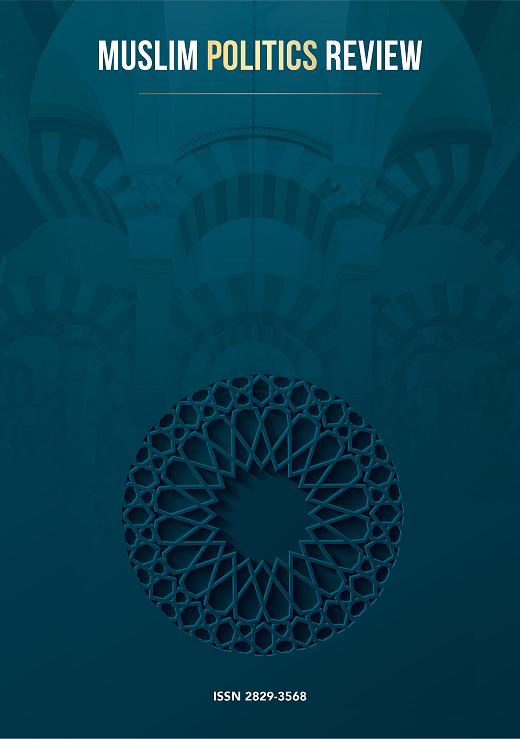Abstract
This study seeks to examine the phenomenon of 'dangerous speech' and its connection to the violent acts perpetrated against the Ahmadiyya Community in Bangladesh. The Ahmadiyya Community, also called the Qadiani Movement, originated in the late 19th century in the Indian subcontinent and later expanded to Bangladesh in 1912. Despite this, Islamic clerics and many prominent political figures in Bangladesh adamantly refuse to recognize Qadianis as Muslims. This refusal has sparked riots, political violence, divisions, and electoral maneuvering in Bangladesh. This research employs the "dangerous speech framework" to delve into the underlying causes of violence against the Qadiani movement. Through rigorous content analysis and the examination of various secondary sources, this study contends that political violence and riots have been incited by "dangerous speech" disseminated by religious orators and political figures. Furthermore, it posits a plausible cause-and-effect connection between dangerous speech and violence against the Qadinai movement, suggesting that inflammatory rhetoric can lead to violent acts. Such acts of violence can have a profoundly detrimental impact on Qadinai communities, exacerbating their marginalization and discrimination within Bangladeshi politics and society.
This work is licensed under a Creative Commons Attribution-ShareAlike 4.0 International License.
Downloads
Download data is not yet available.


